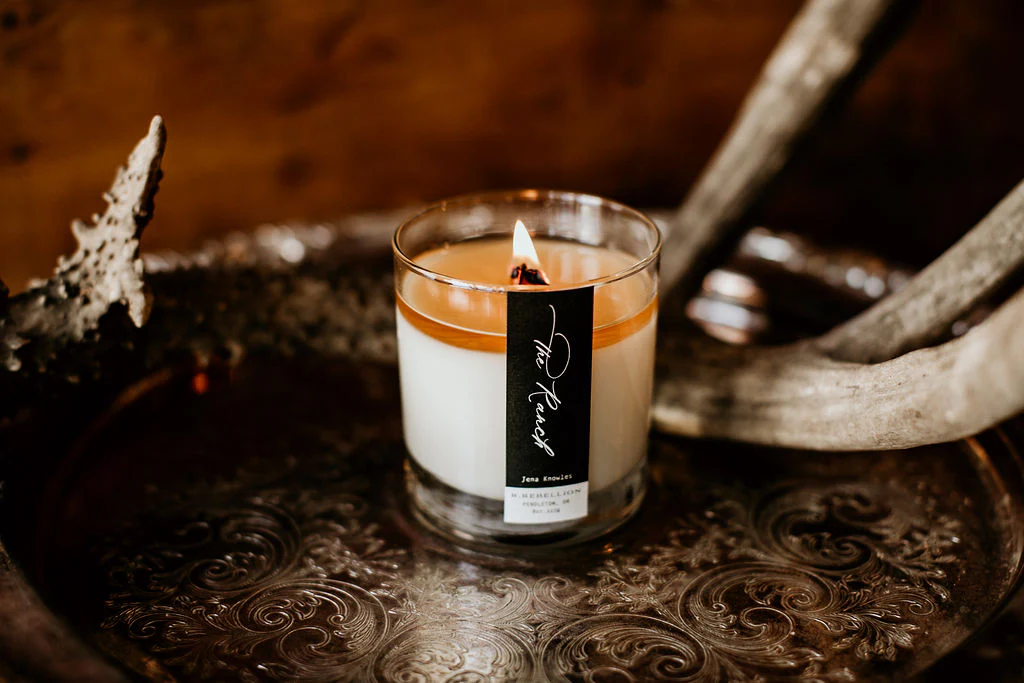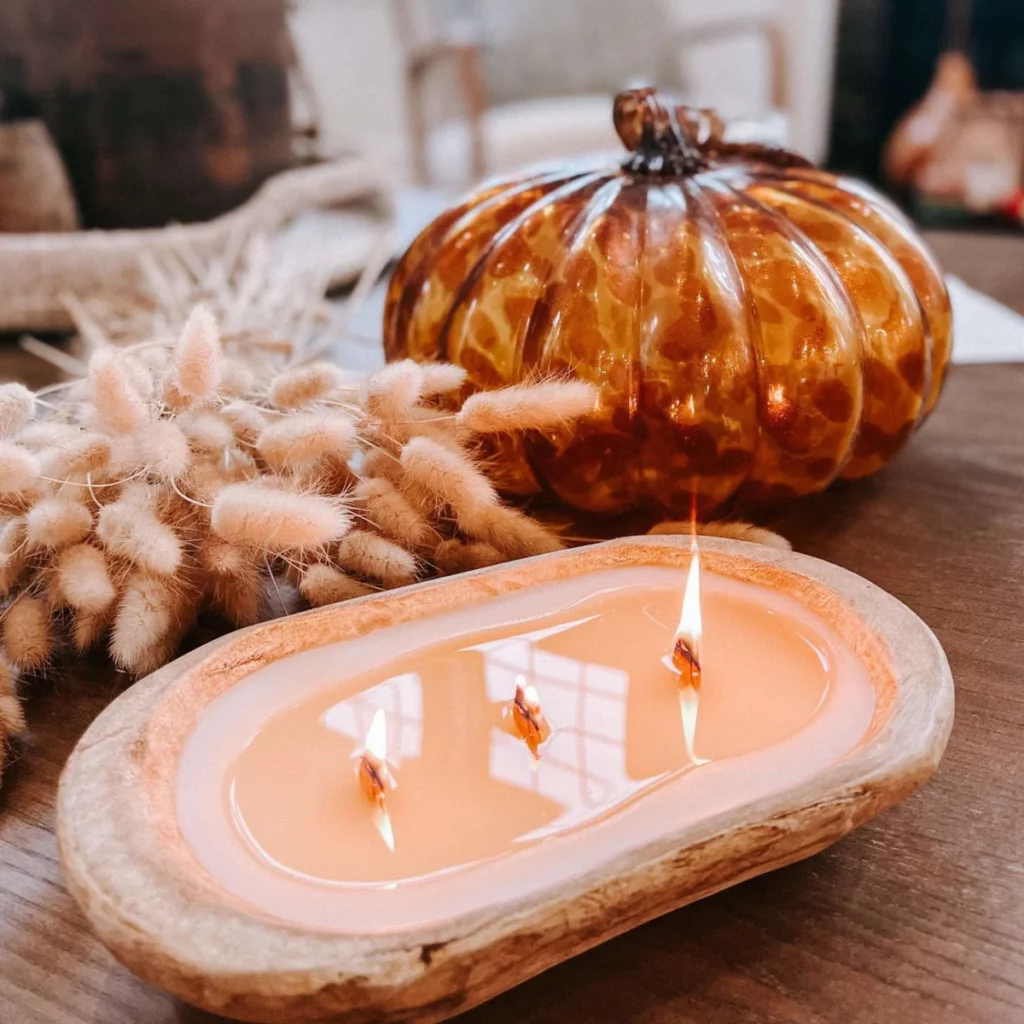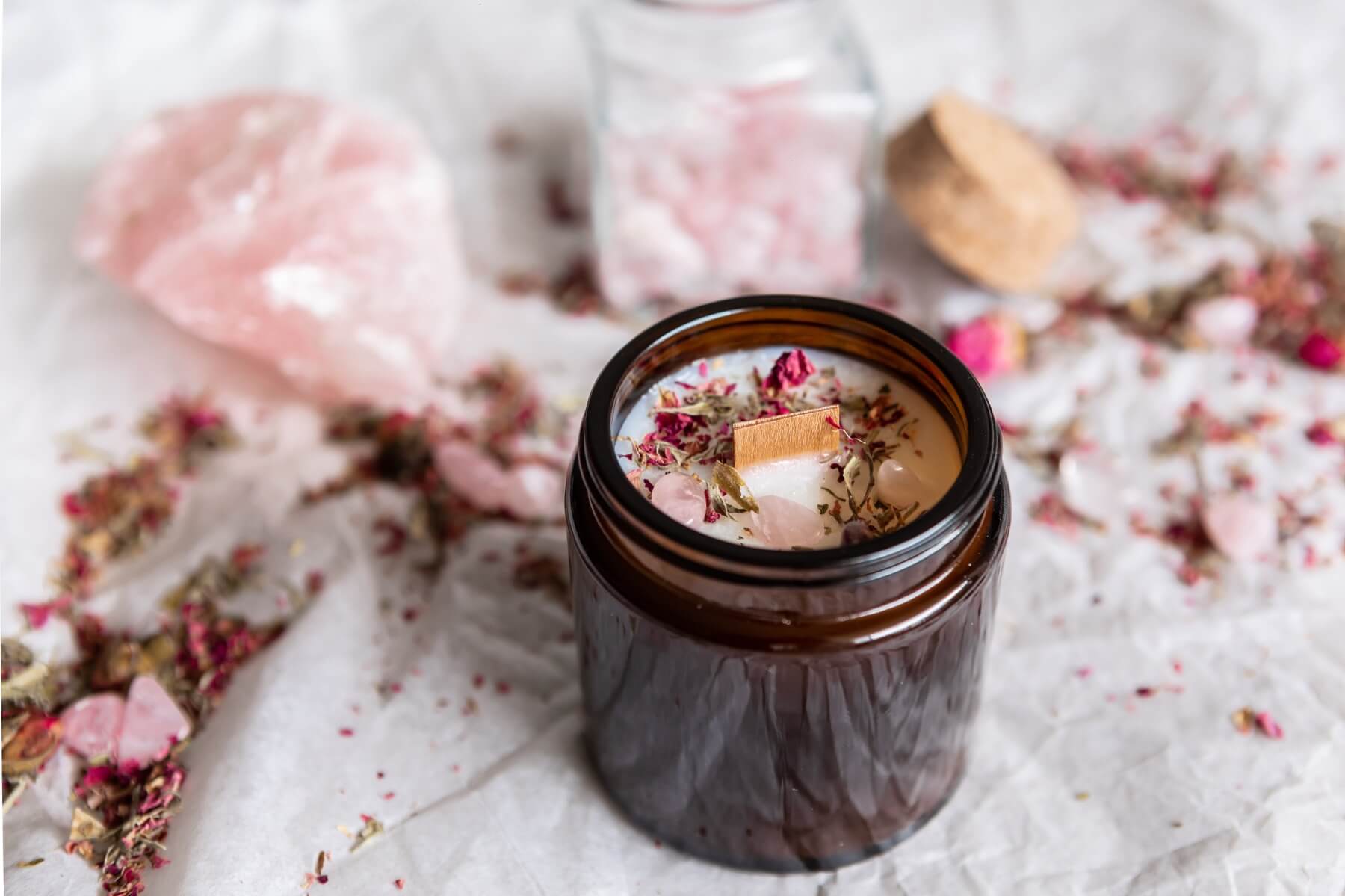Candle Wick Wood: A Natural Option for Your Candle Creations
Understanding the Importance of Wick Selection in Candle Making
Candle making is an art that allows for a great deal of creativity, but it also requires technical knowledge to achieve the perfect burn. One of the most crucial aspects of this craft is the selection of the wick. An appropriate wick not only facilitates combustion but also influences the candle’s overall performance, fragrance throw, and burn time.
The wick acts as the conduit for the wax to fuel the flame. If the wick is too small, the candle will struggle to maintain a flame; if it’s too large, it can create excessive soot or a flickering flame. Therefore, understanding the role of the wick is fundamental for anyone serious about candle making.
The Role of the Wick in a Candle
The wick serves as the lifeblood of a candle. It draws the molten wax upwards through capillary action, allowing it to ignite and create that beautiful glow. This process not only sustains the flame but also contributes to the burn quality, which is essential for ensuring a pleasant olfactory experience.
Different wicks burn at different rates, and their size can affect how much wax is consumed. A well-chosen wick will create a steady, aromatic burn, enhancing your candle-making creations.
Factors to Consider When Choosing a Wick
When selecting a wick, there are several important factors to consider. Firstly, the type of wax used can significantly influence your choice. For instance, soy wax often requires a different wick than paraffin or beeswax. Secondly, the diameter of the container matters; larger containers typically need thicker wicks to create a sufficient melt pool.
Additionally, the fragrance load should also be factored in, as higher concentrations of fragrance oils can dampen the burning quality of the wick. It’s a balancing act, but one that can be mastered with a little practice and attention to detail.
The Benefits of Using Wood for Candle Wicks
Wood candle wicks have gained popularity in recent years, and for good reason. They offer a unique burning experience that sets them apart from traditional cotton or paper wicks. Choosing wood can bring multiple benefits to your candle creations.
One prominent advantage is the crackling sound that wood wicks produce as they burn. This delightful auditory experience adds an extra layer of comfort, making your candle time feel more like a cosy evening by the fire.
Environmental Advantages of Wood Wicks
Using wood wicks is an environmentally friendly choice. Wood is a renewable resource, which means it can be sustainably harvested without the environmental impact of synthetic wick materials. Furthermore, many wood wick options come from fast-growing trees, making them a responsible alternative.
By opting for wood wicks, you can enjoy your candles while also contributing positively to the environment. It feels good knowing that your candle-making practice is in harmony with nature.
Aesthetic and Sensory Benefits of Wood Wicks
Wood wicks not only provide a unique auditory experience, but they also enhance the visual appeal of candles. The texture and rustic appearance of wood add a certain charm that is often lacking in traditional wicks. This can elevate the overall design of your candles and make them more attractive decorative items.
The way wood wicks burn can also change the scent throw of your candle. The slow, steady burn allows the fragrance to diffuse evenly, making for a more consistent and enjoyable scent experience throughout the life of the candle.
Different Types of Wood Suitable for Candle Wicks
Not all wood is created equal when it comes to candle making. Some woods perform better than others, and understanding these differences is key to success in candle crafting.
Typically, wood wicks can be classified into softwoods and hardwoods, each possessing unique burning characteristics.

Softwood Versus Hardwood Wicks
Softwoods, like pine or cedar, tend to burn faster and create a larger flame, making them ideal for candles designed to impart a strong scent quickly. Conversely, hardwoods like oak or maple burn more slowly and smoothly, which can be beneficial for a longer-lasting candle experience.
The choice between softwood and hardwood will depend on your specific intentions with the candle, whether it’s for quick fragrance release or a long, relaxing burn.
Popular Wood Choices for Wicks
Some popular choices for candle wicks include cedar, pine, and even cherry woods. Each type contributes its own distinct qualities to the burning experience, and experimenting with different woods can yield exciting and unique results in your candle crafts. Click here to learn about 4 wick candle ideas for stunning home decor.
Cedar, for instance, has a lovely aroma even when unlit, while cherry has a warm colour that can enhance the visual beauty of your candle.
How to Make Your Own Wood Wicks at Home
If you’re feeling adventurous, why not try making your own wood wicks? It’s a fun DIY project that can add a personal touch to your candles, and the process is simpler than you might think.
Many candle makers have found that crafting their own wood wicks can save money and allow for further creativity in their designs.
Materials Needed for DIY Wood Wicks
To get started, you’ll need thin wood strips, scissors, and a wax of your choice to coat the wicks. You can use wood from balsa, popsicle sticks, or any other lightweight wood that burns evenly.
Having a good quality wax not only ensures that your wicks burn well, but it also helps to deliver a nicer fragrance experience in conjunction with your chosen scent oils.
Step-by-Step Guide to Creating Wood Wicks
Creating your own wood wicks involves a few straightforward steps. First, cut the wood strips to your desired length, making sure they fit your container. Next, dip the cut strips in melted wax and allow them to cool. This process helps the wick burn evenly and enhances its burning quality.
Once cooled, your DIY wood wicks are ready to be used in your candle creations. Enjoy the satisfaction of knowing you’ve crafted something truly unique!
Tips for Burning Candles with Wood Wicks
Using wood wicks is slightly different from traditional wicks, so it’s important to keep a few tips in mind to ensure a successful burn.
With the right approach, you can enjoy a beautiful flame and a fragrant ambiance for hours on end.
How to Light a Wood Wick Candle
Lighting a wood wick candle requires a little finesse. A long lighter or match is recommended to get the flame close enough to ignite the wick. Once lit, you may need to monitor the candle for a few minutes to ensure it ignites properly.
Allow the wick to burn for an adequate amount of time to build up a melt pool, as wood wicks require this to create an optimal burn. This will prevent the wick from extinguishing prematurely.

Maintaining Your Wood Wick for Optimal Burn
To maintain a consistent burn, it’s advisable to trim the wood wick after each use. This ensures the flame does not become too large, which can lead to soot build-up or overheating the candle container.
A good rule of thumb is to trim the wick down to about 1/4 inch before lighting it each time. This simple maintenance protects your candle’s performance and enhances your overall candle-making experience.
The world of candle making is full of possibilities, and wood wicks offer a natural and beautiful option for your creations. With a little practice and experimentation, you can create stunning and environmentally friendly candles that bring warmth and joy to any setting.


